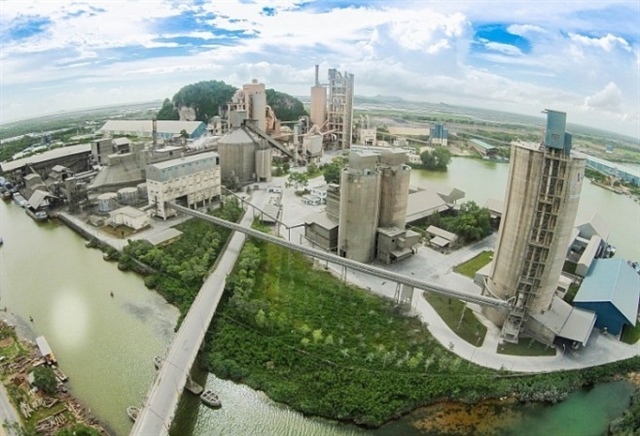From humble start to world’s best rice
From humble start to world’s best rice
The Vietnamese rice sector was shocked last month when companies from the US and Australia attempted to attain the trademark for ST25 rice. Ho Quang Cua, the engineer who created the variety, explained to VIR’s Hoang Oanh his side of the story and explained why the rice is so widely sought after beyond these shores.

Ho Quang Cua, the engineer who created the variety
|
Why did you wait until now to register for the ST25 rice trademark in other countries?
The journey from creation of the ST25 rice to becoming a global “beauty” was not plain sailing. We have suffered a lot of failures as well as enjoyed successes, from the joy of being honoured as the world’s best rice to the sadness when our product was criticised or underestimated.
However we often choose to keep silent and spend time on research with the passion to continue improving the ST25 rice to strengthen its Make-in-Vietnam rice brand before exporting it to the international market.
We have made a quick decision to register our product’s trademark abroad after many consumers, state management agencies, and experts all voiced their support, encouraging me to take quick action to protect the brand and reputation of Vietnamese products. To be honest, I am not much interested in the rules regarding creating a brand name or registering trademarks in terms of international commercial market laws because I only want to focus on researching and creating rice varieties.
On top of that, as per current production capacity, my company currently only meets the needs of the domestic market, and not for export business. Therefore, I do feel a little frustrated with the questions lately on this issue. I don’t enjoy the drama of it and I would rather just keep calm and focus on my scientific research. When the results are available, I will inform those who need to be informed. I prefer actions to speak out rather than my words.
How did you come to create such a successful variety over the years?
I started my research programme in 1991 at a time when Vietnam was the second-largest rice exporter in the world. At that time, the majority of scientists focused on how to increase the rice capacity and paid attention to the seasons but were not too interested in improving the quality and diversifying varieties of local rice.
As an agricultural engineer, I am always thinking about a better future for Vietnamese rice. In 1997, knowing that Thailand had bred fragrant rice varieties called golden seeds, we formed a research group of many people, studying together and improving our qualifications, before starting to crossbreed in 2002.
After six years, the team started to earn the first results when we marketed the famous ST19 and ST20 rice varieties, but it was not until 2014 that the team improved and released the rice ST24 and then ST25.
In 2017, I brought the ST24 rice variety to the World’s Best Rice contest for the first time and won third place, which we achieved a second time the following year. This was a driving force to continue to develop ST25 rice variety, which eventually won first prize in the World’s Best Rice contest at the 11th World Rice Conference held in Manila in 2019.
What does the future hold for the ST24 and ST25 rice varieties in the international arena and how will it stay a step ahead of the competition?
Dr. Vallop Manathanya, president of Bangsue Chiameng Company in Thailand once asked me why ST25 won ahead of the Thai Hom Mali rice. My answer was “distinctiveness”. Thai rice has only the fragrance of pandan leaves, while ST25 rice has both the aroma of pandan leaves and the scent of early sticky rice.
Not only good in quality and in appearance, ST25 is also disease resistant and has high adaptability to the external environment. This type of rice can be grown in two crops per year and on the same acreage with five times higher quantity than other varieties. In 2020, ST25 still attained second place at the World’s Best Rice event. It is still the highest quality variety, so remains a strong rice brand in the minds of consumers, which also creates trust for them.
As long as I live, I will take ST24 and ST25 rice to take the test to confirm the position and brand of Vietnamese rice. I do this job according to my expertise and cannot do anything else. I work hard because I like to work. If there is a good result, society here will enjoy that just as I enjoy the successes too.
Now through the private enterprise of my son Ho Quang Tri, hundreds of thousands of tonnes of rice will continue to be distributed each year to the market.



























